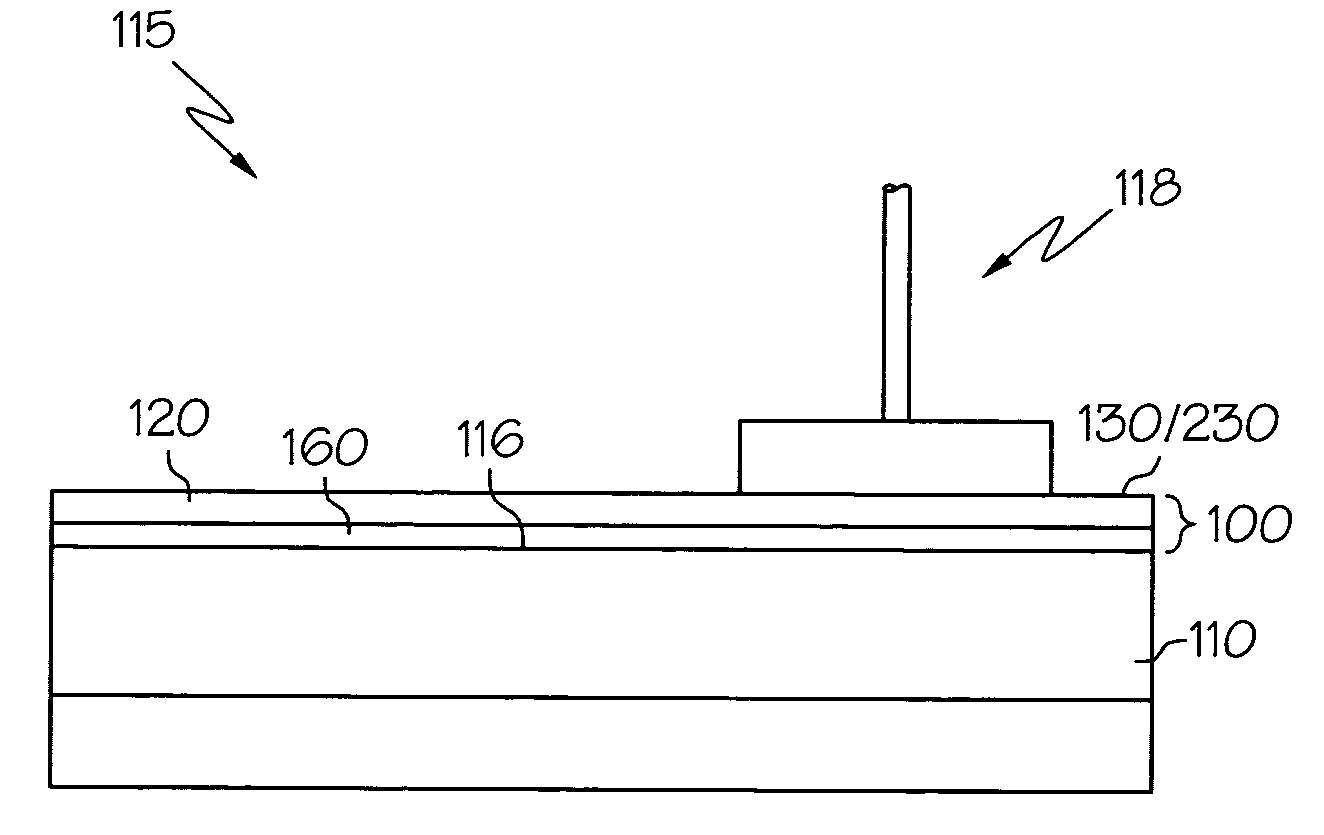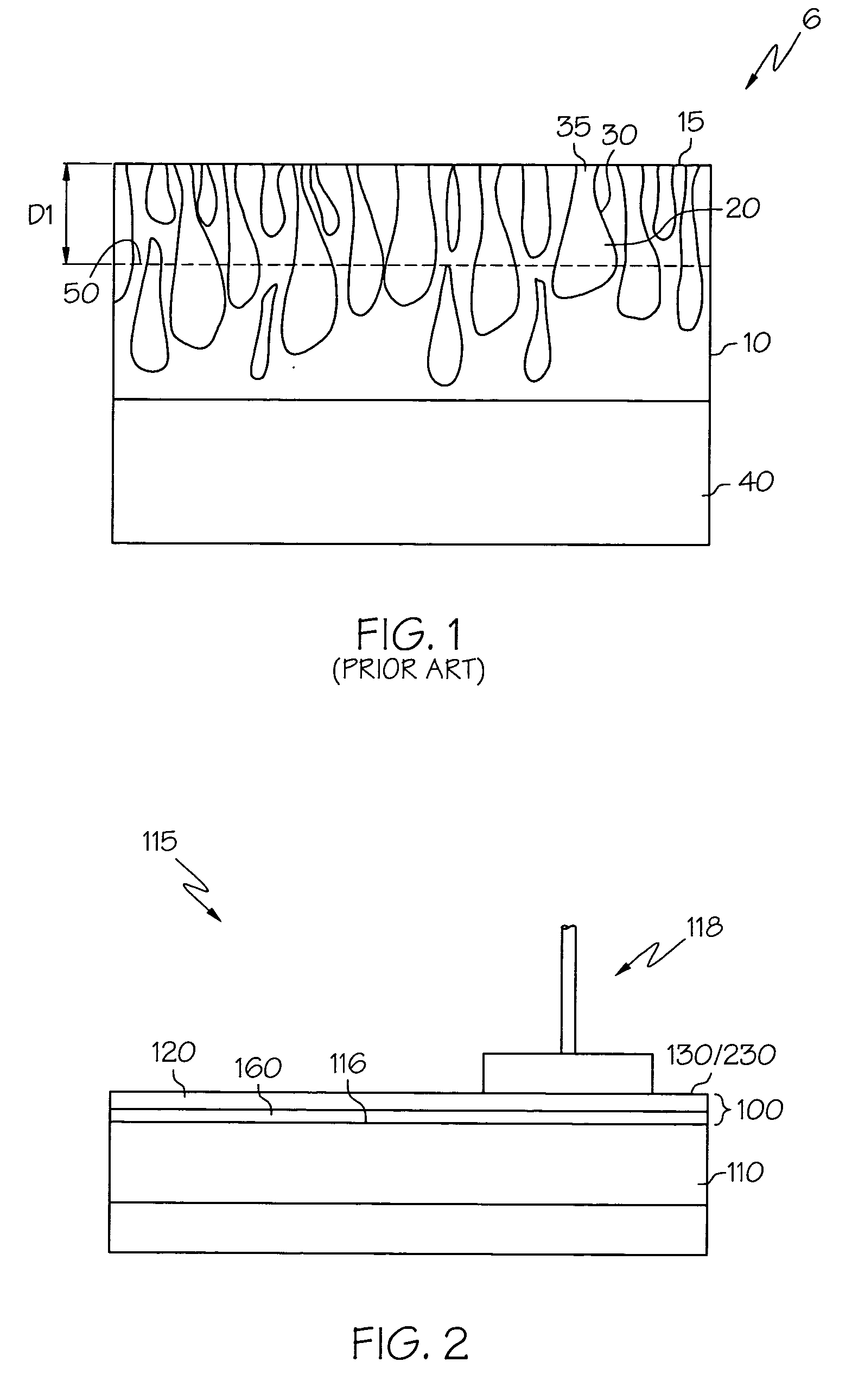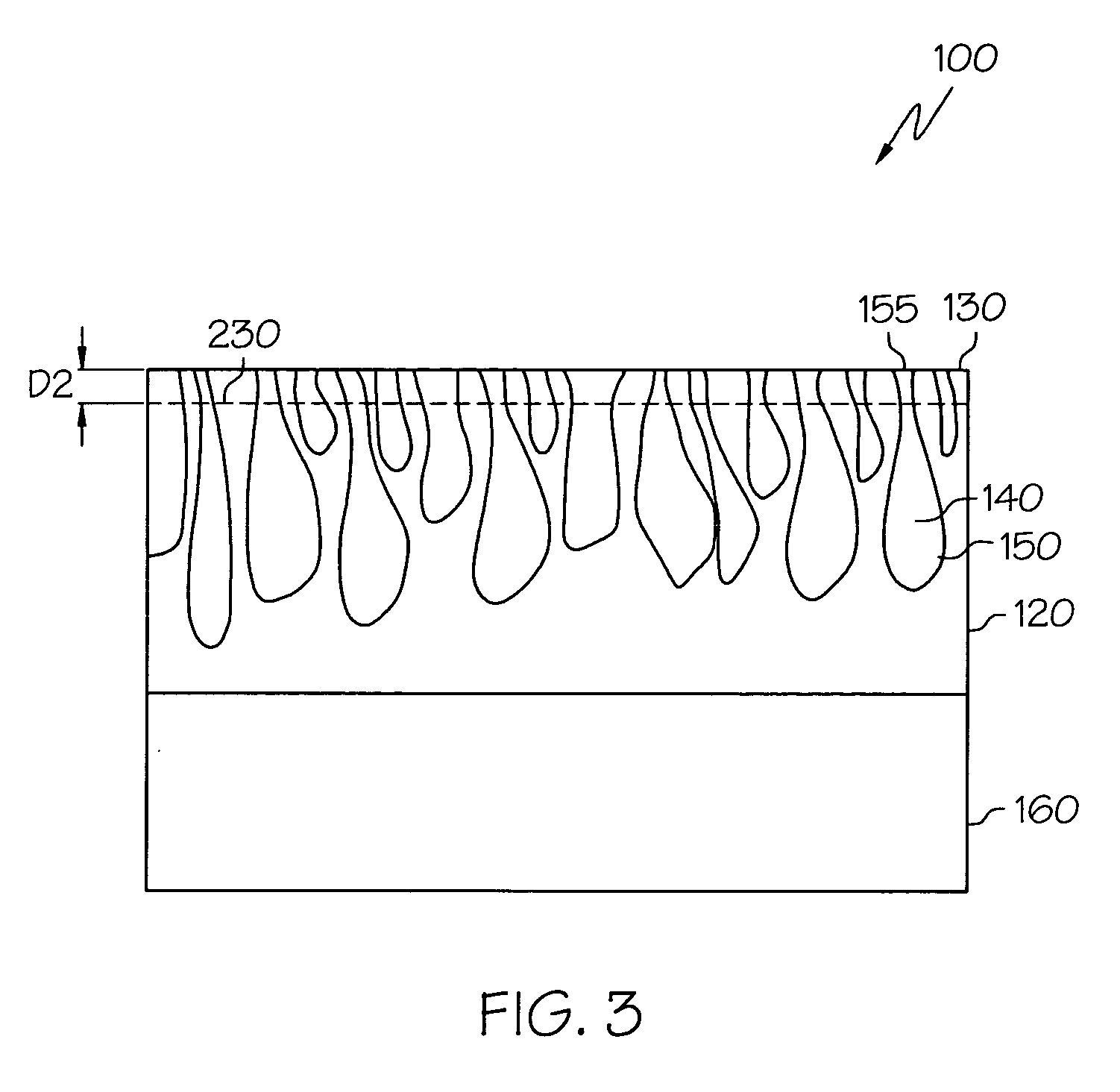Porous polyurethane polishing pads
- Summary
- Abstract
- Description
- Claims
- Application Information
AI Technical Summary
Benefits of technology
Problems solved by technology
Method used
Image
Examples
example
[0032] Comparative examples A, B and C represent porous polishing pads produced by coagulating polyurethane and sanding off the top layer with a belt sanding device—these pads represent commercially available POLITEX™ high, regular and low nap height polishing pads sold by Rodel, Inc. POLITEX™ polishing pads and the polishing pad of the example were porous-non-fibrous polishing pads produced by coagulating polyurethane; and in particular, coagulating a polyetherurethane polymer with polyvinyl chloride produces these pads.
[0033] The following example 1 represents the process used to prepare polishing pads from the non-sanded polishing material of the comparative examples to have a unique combination of high pore count and excellent surface roughness. First, cleaning the platen with isopropyl alcohol prepared the polishing platen. Then mounting the pad to the cleaned polishing platen with minimal trapped air prepared the blank pad for machining. Then cutting the pad on the platen usi...
PUM
| Property | Measurement | Unit |
|---|---|---|
| Length | aaaaa | aaaaa |
| Length | aaaaa | aaaaa |
| Surface roughness | aaaaa | aaaaa |
Abstract
Description
Claims
Application Information
 Login to View More
Login to View More - R&D
- Intellectual Property
- Life Sciences
- Materials
- Tech Scout
- Unparalleled Data Quality
- Higher Quality Content
- 60% Fewer Hallucinations
Browse by: Latest US Patents, China's latest patents, Technical Efficacy Thesaurus, Application Domain, Technology Topic, Popular Technical Reports.
© 2025 PatSnap. All rights reserved.Legal|Privacy policy|Modern Slavery Act Transparency Statement|Sitemap|About US| Contact US: help@patsnap.com



